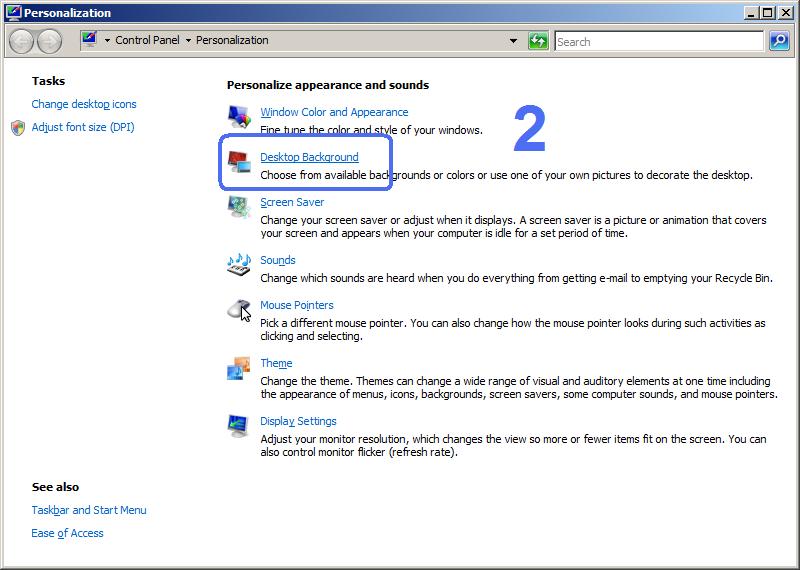How To: Change Desktop To Plain Background (Windows Vista)
1. Right click on a blank space on the desktop. From the menu that appears, left click on 'Personalize'.
2. In the new window that appears, click on 'Desktop Background'.
3. Click on the drop down arrow to the right of 'Location'. From the menu that appears, click on 'Solid Colors'.
4. Click on an appropriate colour, then click on 'OK'.
5. Click on the 'X' in the top right corner of the window to return to the desktop.




The island of Kane, which is mentioned several times in ancient records, was once home to a city with the same name. In 406 BC, the famous Battle of Arginusae occurred nearby when the Athenian army defeated the Spartans.Any historian would love to set foot on this island, but for a long time, nobody could find it. In 2015, the entire missing island was rediscovered in Turkish territory. However, it was no longer an island.In the past, it was one of triplets called the Garip islands. But in the two millennia that followed, enough sediment stacked up between Kane and western Turkey to form a peninsula. The island never truly disappeared—it merely joined the mainland.The settlement was identified after scientists had a closer look at local underground soil samples. That was when they discovered that the two existing Garip islands had a third member and that it was now part of the peninsula. Pottery pieces and architecture as well as other artifacts also helped to positively confirm the location of the city
ReplyDeleteIn 2017, archaeologists opened a grave on Alor Island in Indonesia. Inside, they found fish hooks arranged around a woman’s face. The burial was remarkable in two ways.It produced the oldest burial fish hooks, fashioned from snail shells around 12,000 years ago. In turn, this discovery dismissed the theory that fishing was an activity reserved for the islands’ men. Researchers now believe that at least some women cast their lines and brought home the hake.The five hooks adorned the woman’s chin and jaw. Four were moonlike crescents, and the last resembled a “J.” There was no protein source on the island other than what the sea offered. This made fishing an integral part of the community.[7]Sparing the hooks for the burial suggested that they also believed it would help the woman hunt in the afterlife. If this is indeed the case, then this is the most ancient society where fishing was viewed as a necessary activity for its members, both alive and dead.
ReplyDelete